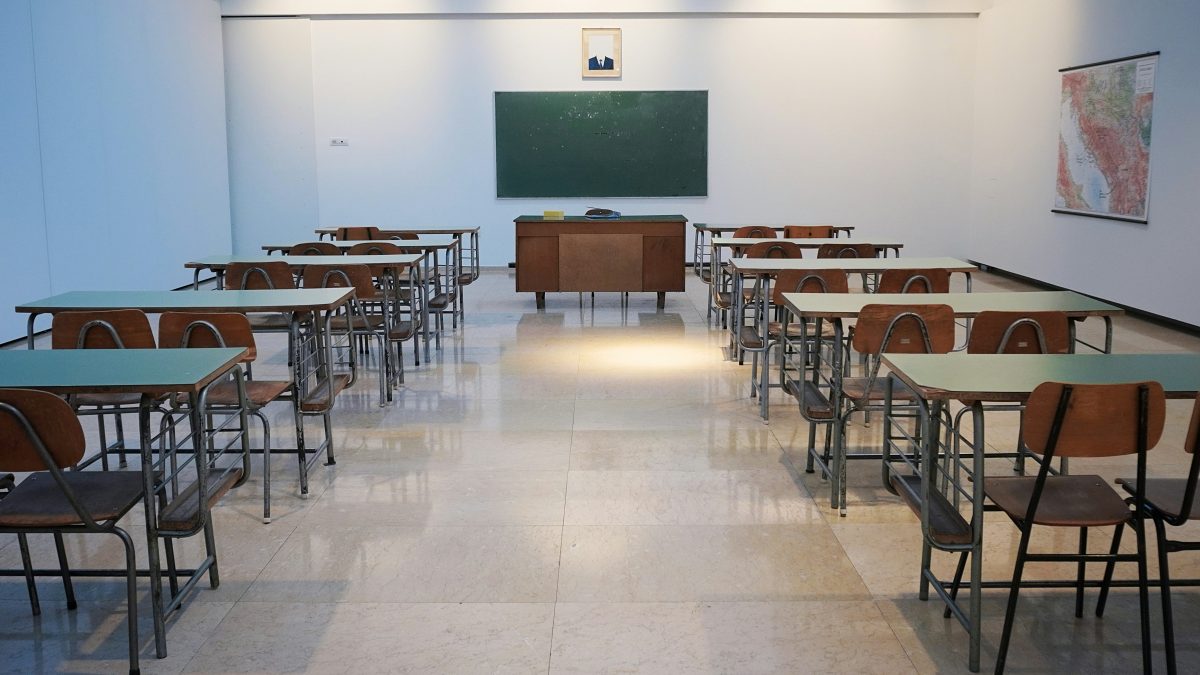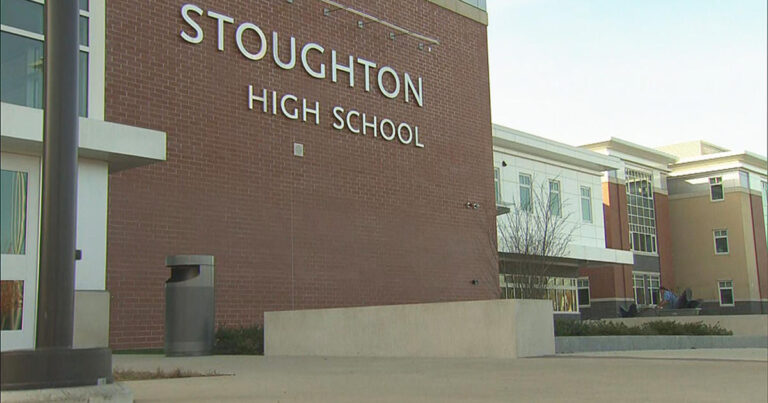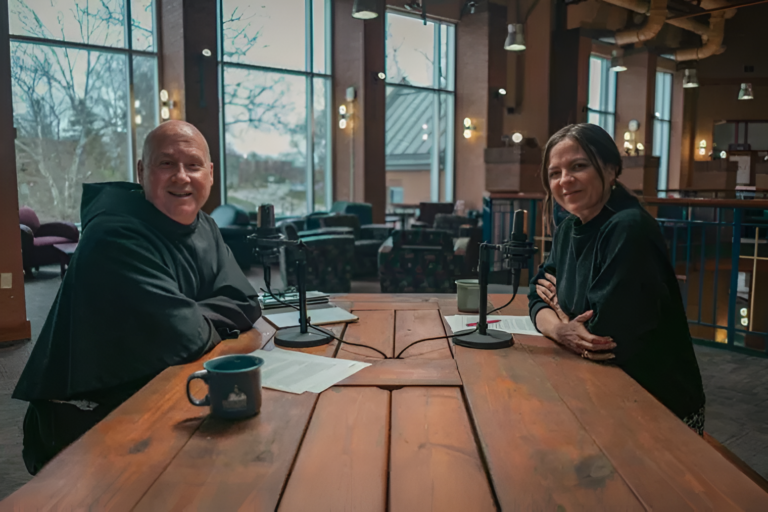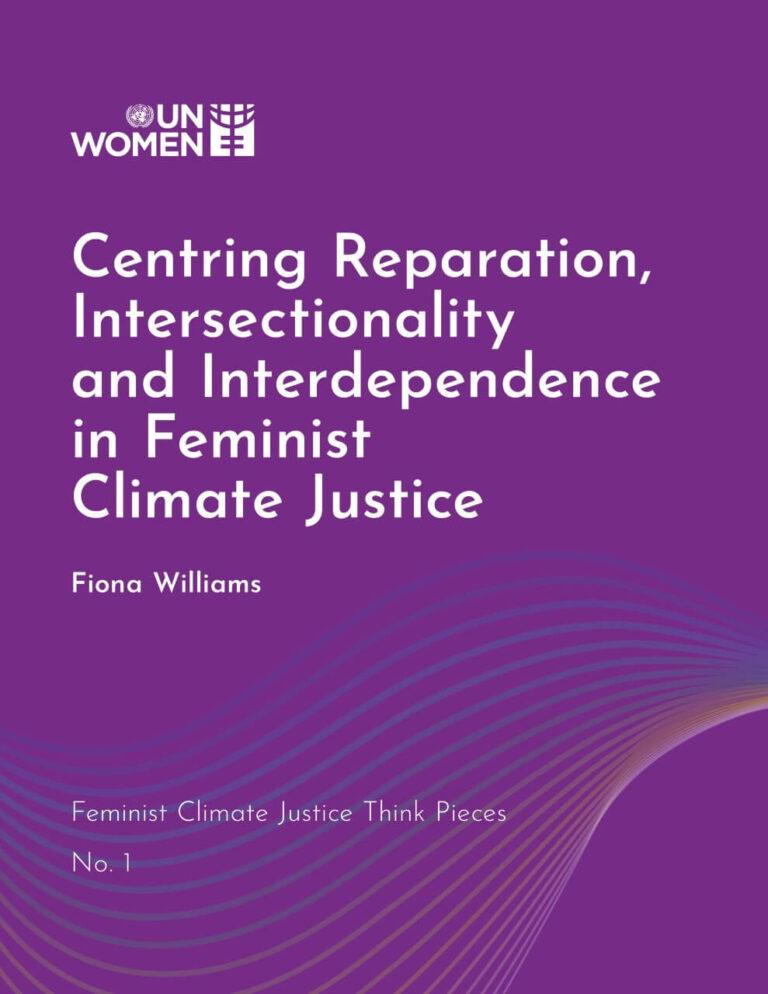Buena Vista School Board Confronts Racism in Community Response
Buena Vista School Board Tackles Racism
Racism, a stark reminder of societal divides, often rears its head in unexpected places, including our schools. Recently, the Buena Vista School Board faced a pivotal moment. It engaged the community to confront the issue of racism within its ranks, leading to discussions that are much needed but often uncomfortable. The dialogue was sparked by various community members who voiced their concerns about systemic racism and the treatment of students from marginalized backgrounds.
Understanding the Community’s Heartbeat
Every community has its unique vibe, its own heartbeat, if you will. Buena Vista, a charming small town nestled in Colorado, is not just known for its breathtaking landscapes and outdoor adventures; it is also a melting pot of diverse backgrounds and experiences. But like many communities across America, it faces challenges that test its unity and values.
In this increasingly polarized world, even a small town can feel the ripples of broader societal issues. So, when residents expressed their worries about observable racism in schools, it wasn’t just a local issue—it was a mirror reflecting national conversations. The school board’s response? A determined approach to listening, learning, and leading.
Why Racism in Schools is a Critical Concern
For those who may wonder why addressing racism in schools is essential, consider this: the school is often the first place where kids from different backgrounds interact. These early lessons shape their views on diversity and inclusion, which can last a lifetime.
When racism takes root in educational settings, it can have long-lasting effects. Research shows that students who experience or witness racial discrimination can suffer from:
- Decreased academic performance
- Increased dropout rates
- Mental health issues like anxiety and depression
The stark reality is that when a school fails to address racism, it doesn’t just harm the immediate victims; it creates an atmosphere of intolerance that can affect everyone involved. Hence, the urgency for the Buena Vista School Board to step up and set an example.
A Journey of Listening and Learning
The school board knew that merely acknowledging these concerns would not suffice. They embarked on an empathetic journey to fully understand what was occurring within their community. This involved holding open sessions where parents, students, and teachers could share their experiences. You can imagine it—a gathering of diverse voices united by a common goal: making their school better and more inclusive.
During these discussions, numerous incidents were brought to light. Some students talked about feeling alienated due to the color of their skin, while parents recounted stories of discriminatory remarks made by peers. Can you picture the emotions swirling in that room? Anger, sadness, and the grasp of hope intertwined with the desire for change.
Embracing Vulnerability
One of the highlights of these sessions was the board’s willingness to embrace vulnerability. It’s not easy for people in power to admit that their system has flaws. Yet, when members of the Buena Vista School Board opened up about their own biases and misconceptions, it fostered a sense of trust.
After all, haven’t we all been misinformed or blind to certain perspectives at some point? Recognizing this shared human experience can be a powerful catalyst for change. It allowed community members to feel seen and valued, steering the conversation in a more constructive direction.
Crafting a Plan for Change
Recognizing the problem is just the tip of the iceberg—what’s crucial is what happens next. The Buena Vista School Board eventually settled on a multi-faceted approach to tackle racism head-on. Here’s a sneak peek into their action plan:
- Training and Education: Implementing diversity training for faculty and staff to ensure they recognize and handle issues of racism effectively.
- Curriculum Reform: Revamping educational materials to include diverse histories and perspectives so that all students feel represented.
- Student Programs: Creating clubs or groups focused on diversity and inclusion that empower students to speak up and take action against racism.
- Zero-tolerance Policy: Establishing clear guidelines and procedures for reporting and addressing discriminatory behavior.
- Community Partnership: Collaborating with local organizations dedicated to promoting racial equality and awareness.
With these initiatives, the Buena Vista School Board is laying the groundwork for sustained change. After all, creating an inclusive environment is not a one-time event; it’s an ongoing commitment.
Involving Parents and the Community
But the plan doesn’t end with the school board. They acknowledged that parents and the broader community play a significant role. Therefore, they decided to reach out and involve them in the process. This meant hosting community workshops and forums to discuss not just racism in schools but also how to cultivate anti-racist practices in homes.
Why is this part so vital? Because change isn’t limited to school walls. It must spread into homes and streets. Imagine parenting techniques that encourage conversations about race, empathy, and understanding differences—surely, this can contribute to a generation that is more open-minded and accepting.
The Ripple Effect of Action
Taking action against racism creates ripples. The Buena Vista School Board’s stance could inspire other communities, showing that it’s possible to confront uncomfortable truths and enact real change.
Can you think of a domino effect? When one community speaks up, others are encouraged to join the conversation. The bravery displayed in Buena Vista could serve as a guiding light, encouraging similar dialogues in other areas facing the same issues. Just like a pebble tossed into a pond, the impacts can extend far beyond the initial splash.
The Road Ahead
As with any journey towards improvement, challenges lie ahead. Some individuals might resist these changes; others may feel uncomfortable discussing issues they’d rather sweep under the rug. But for the students, parents, and educators of Buena Vista, there’s no turning back. They’ve started a conversation that refuses to be silenced.
Building a Culture of Empathy
One of the board’s key focuses moving forward will be fostering a culture of empathy within the school district. It’s about teaching students and staff alike how to actively listen, understand differing perspectives, and respond with compassion.
Imagine a school where students are encouraged to support one another, where differences are celebrated rather than ridiculed. That’s the goal of this initiative. It cultivates not just awareness but action—paving the way for allies who stand up against injustice.
Conclusion
The Buena Vista School Board’s courageous steps to confront racism underscores an essential truth: change starts with awareness, dialogues, and a commitment to action. It isn’t merely about addressing incidents of racism; it’s about changing hearts and minds. Is it an uphill battle? Certainly. Yet it’s one that is worth undertaking for the sake of students, families, and the entire community.
When we stand together and advocate for change, we move one step closer to a future free from the shackles of discrimination. After all, in a world that can often feel divided, unity in diversity is our strongest asset.
FAQs
1. What actions are the Buena Vista School Board taking to address racism?
The board is implementing diversity training for staff, reforming the curriculum, creating student programs, enforcing a zero-tolerance policy, and partnering with local organizations.
2. Why is classroom diversity so important?
Classroom diversity promotes understanding and acceptance among students, leading to a more inclusive and supportive school environment.
3. How can parents contribute to the fight against racism in schools?
Parents can engage in discussions at home, participate in local workshops, and support initiatives that promote anti-racism education in their children’s schools.
4. What is the significance of community involvement in this initiative?
Community involvement helps ensure that the fight against racism is a collective effort, creating broader support systems and fostering an environment of understanding.
5. How can other communities follow the Buena Vista model?
Other communities can adopt a similar approach by opening dialogues, listening to the experiences of marginalized individuals, and implementing practical strategies for inclusivity and change.







